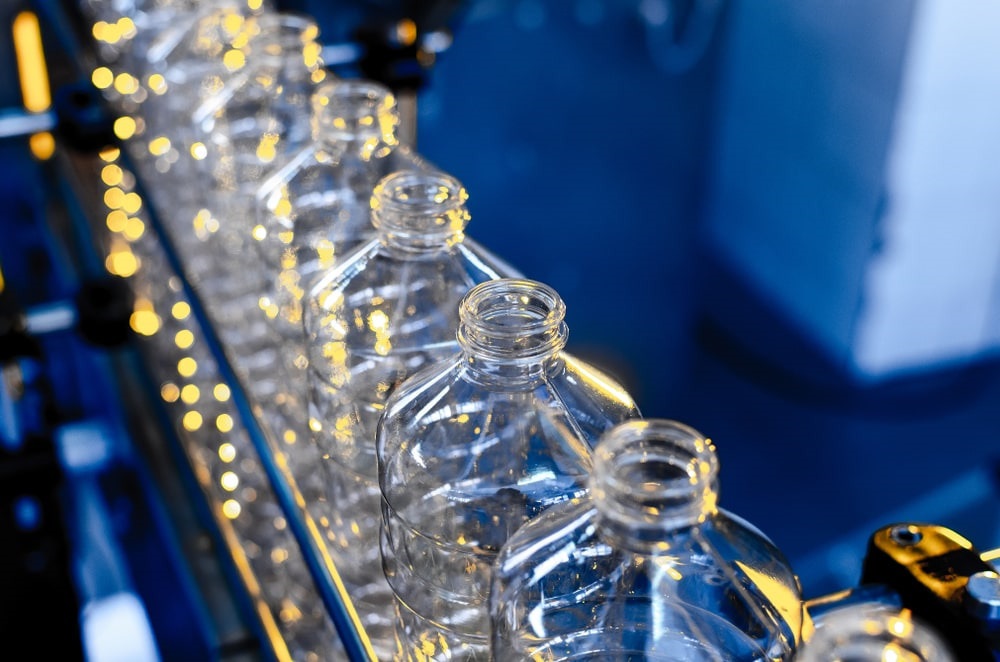A water bottle manufacturing factory [โรงงาน ผลิต กระบอก น้ำ, which is the term in Thai] makes use of different raw materials in order to develop various types sold in the market. These should be chosen from numerous others based on durability, safety, affordability, and sustainability.
In this post, we will explain some of the materials used in making water bottles today and the reasons for choosing these materials.
1. Polyethylene (PET):
Polyethylene terephthalate (PET) is one of the commonly used plastics in producing water bottles. For instance, one of the most common materials used for single-use and reusable bottles is lightweight and durable plastic that can also be recycled. This makes PET bottles a very good option for bottling beverages since they are transparent and impact-resistant.
2. Polypropylene (PP):
The other popular one is polypropylene which is the material you can notice on caps and lidders of water bottles. This bottle is well known for good chemical resistance, that is, its cap will not oxidize or react with the liquid in the bottle. The manufacture of PP caps is simplified, and they provide robust sealing.
3. Stainless Steel:
It is understandable why stainless steel bottles are preferred because they are durable and can’t rust. These vessels are widely used in cases of producing reusable outdoor bottles. Bottles made of stainless steel preserve the beverage’s temperature over an extended period. The bottles can also be reused and are friendly to the environment.
4. Aluminum:
Lightweight, recyclable aluminum water bottles. These are the features commonly found in water bottles used for sports or adventure because they are made from plastic that can withstand harsh conditions. They are mostly made of aluminum to avoid a lot of reactions between aluminum with liquids.
5. Glass:
Glass water bottles are a good idea for people who prefer a non-reactive and eco-friendly option. Glass is not permeable and thus doesn’t absorb odors or flavors keeping your water as fresh as possible. Nevertheless, glass bottles are more fragile and may not be appropriate for all instances.
6. Silicone:
Water bottle sleeves and seals use silicone. This is a flexible and food-safe material that offers a soft grip and provides for protecting the bottle against impacts. It is also resistant to heat and can therefore be used for hot beverages.
Final Overview
The choice of material in a water bottle manufacturing factory is dictated by usage, affordability, and sustainability principles. Managers balance these two variables and produce the output within a reasonable scope. With the growing demand for ecologically safe and environmentally friendly alternatives to water bottles, it is logical to predict innovations in material and production methods in this industry.




